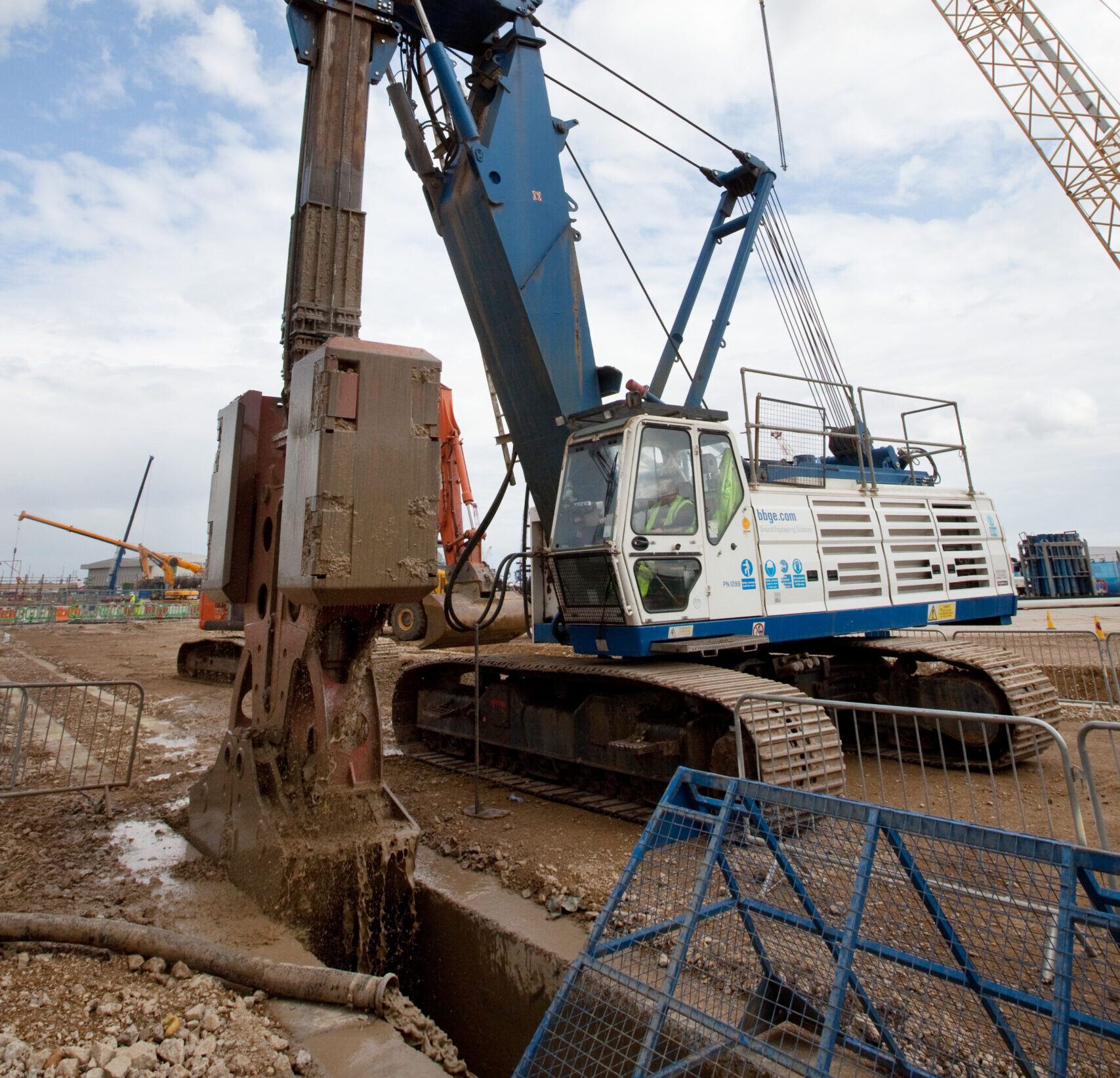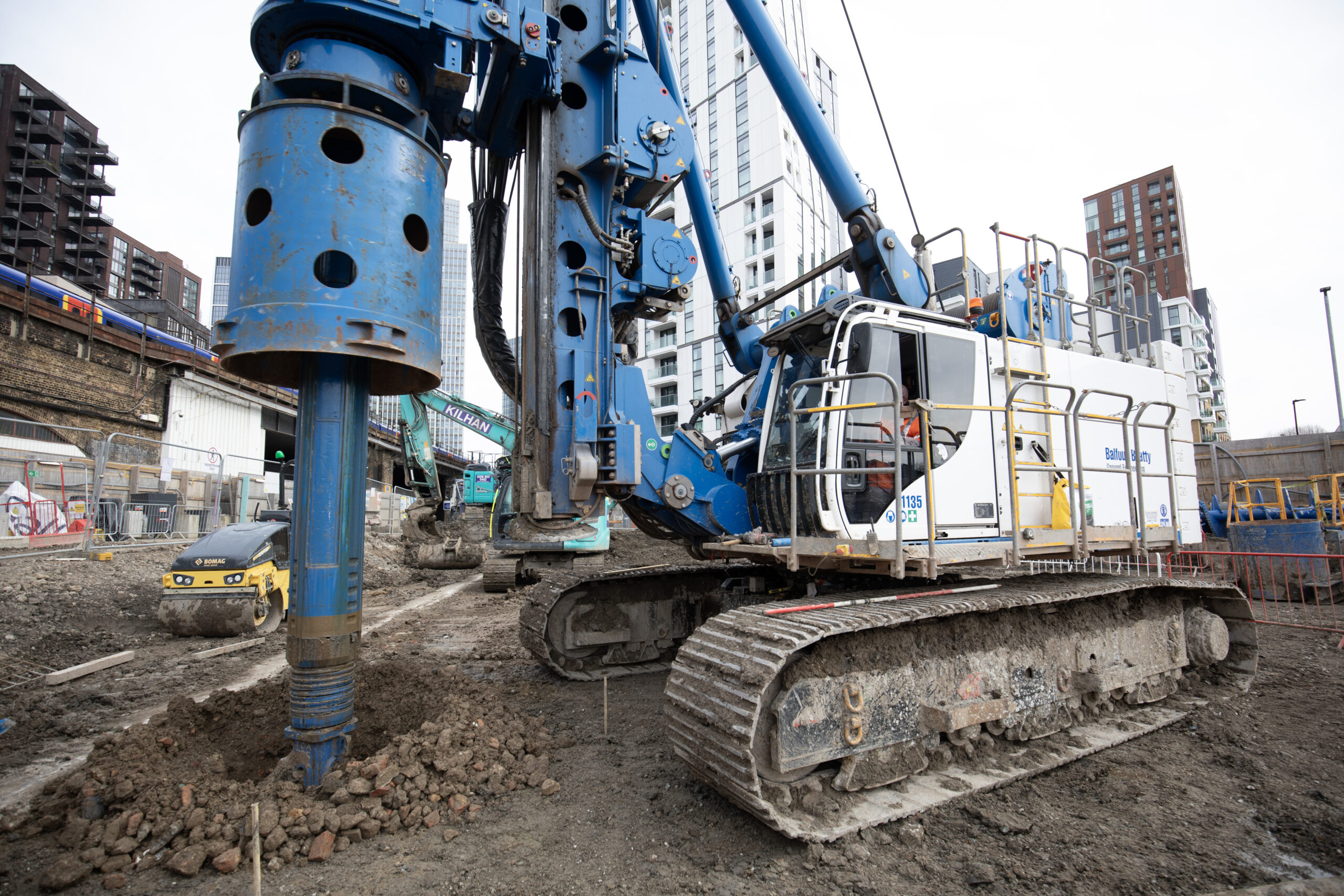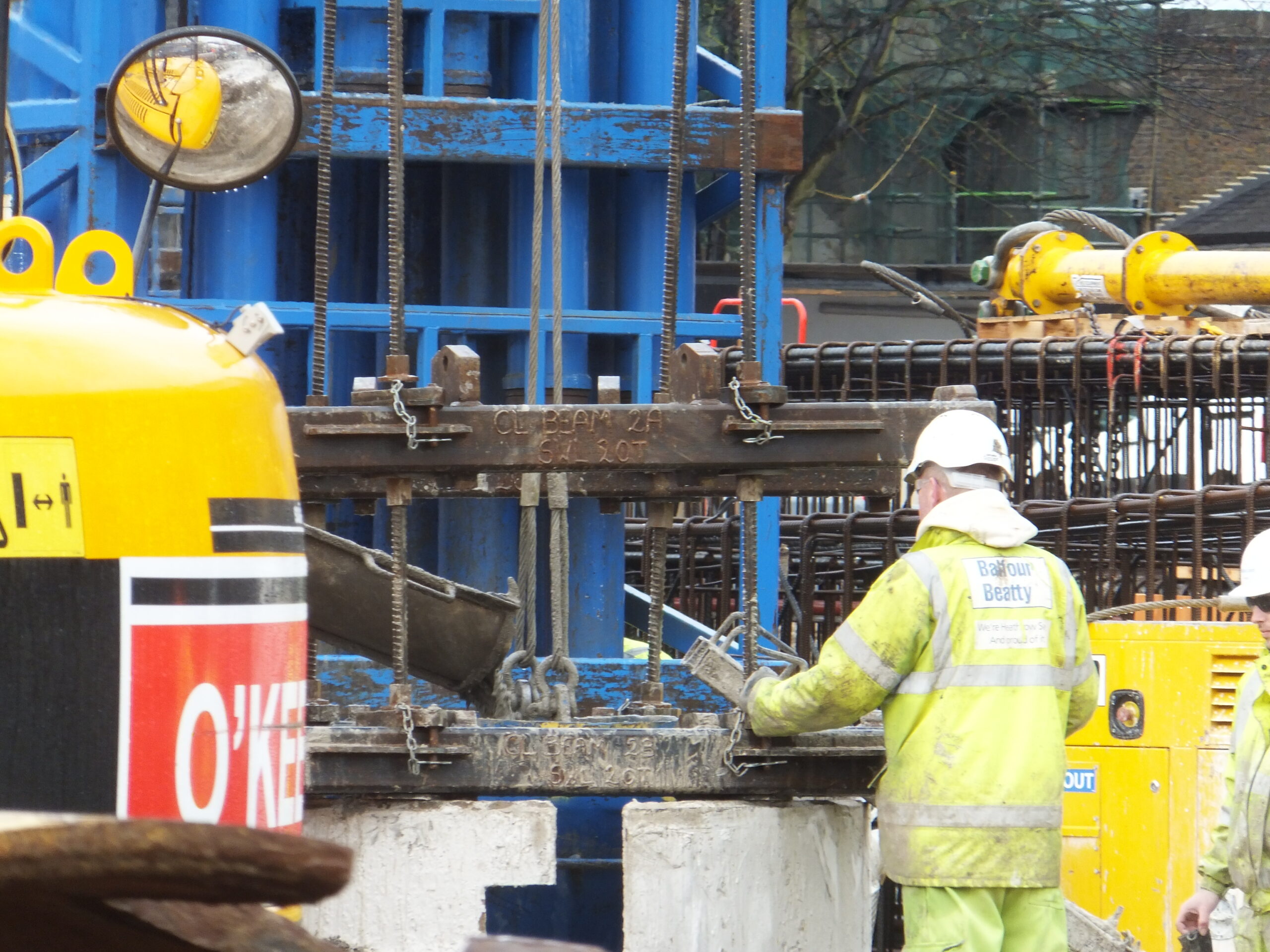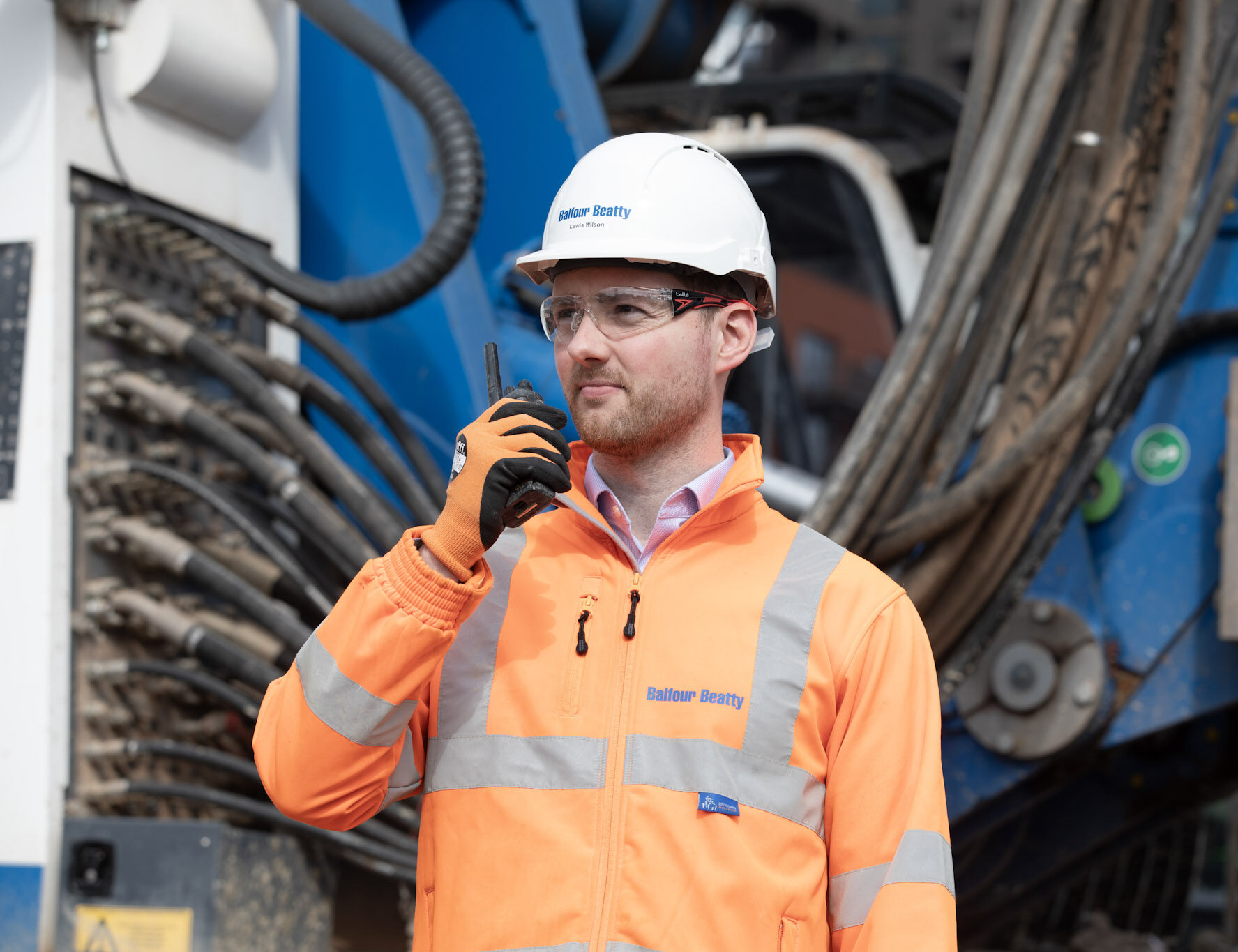Since the 1980s we have been leading the way in delivering large-scale diaphragm wall construction and have successfully delivered walls ranging from a few hundred linear metres to over 2km in length.
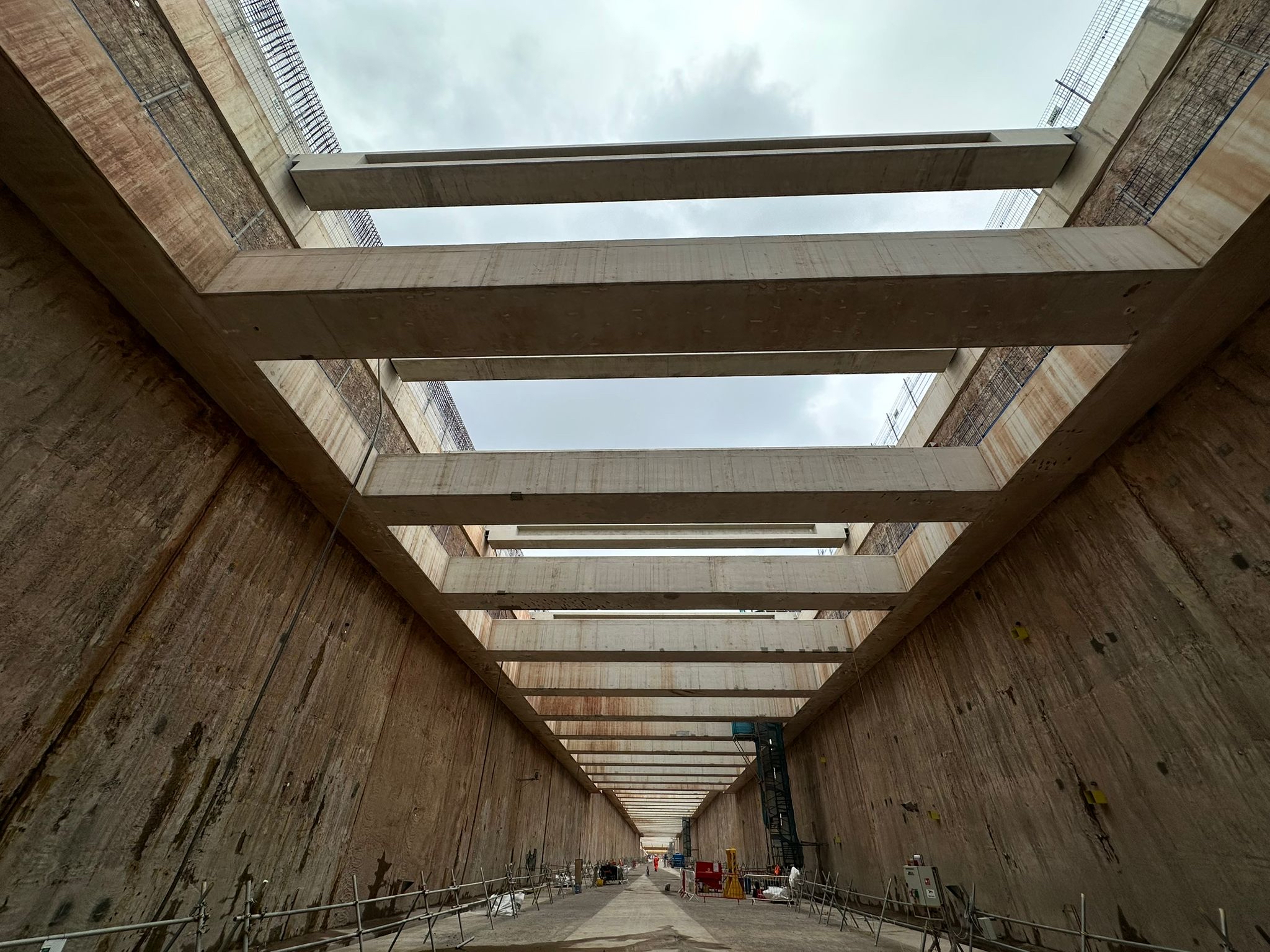
Ideal for technically complex infrastructure projects, diaphragm walls provide excellent structural stability, water resistance and are suitable for a wide range of applications across commercial, public and infrastructure sectors.
Diaphragm walls are in-situ cast geotechnical structures used as retaining walls for deep excavations and permanent foundation elements. They have a minimal number of construction joints and low permeability, meaning improved water tightness, verticality and quality control compared to secant piled walls.
We offer a comprehensive range of diaphragm walling techniques tailored to complex ground conditions and project requirements, including:
- Reinforced concrete diaphragm walls
- Barrettes, with optional plunge columns for vertical load transfer
- Deep shafts, often used for tunnelling and infrastructure projects
- Slurry or plastic cut-off walls for groundwater control
Diaphragm walls are excavated using hydraulic grabs or cutters, with bentonite or polymer as a support fluid to stabilise the excavation and prevent groundwater ingress. Implementing steel or precast concrete stop ends enables water-stop installation at the joints between adjacent panels to enhance water resistance.
Once the excavation is complete, a reinforcement cage is installed to the full depth of the panel. These cages provide the structural support required to retain significant soil and water pressure and can be fitted with slab connection couplers, dowel bars or box-outs to support future connections. They can also be optimised to provide strength precisely where needed, ensuring efficient use of reinforcement. Once concreted, the finished wall forms a robust, water-resistant structure suitable for a wide range of applications.
Our experienced design and delivery teams have vast knowledge and expertise in the complexities of design, detailing and practical application of these techniques to ensure the highest quality outcomes.
Watch the animation below to see how we have innovated a way of installing diaphragm walls right up to a site boundary, adjacent to a Transport for London (TfL) asset.
